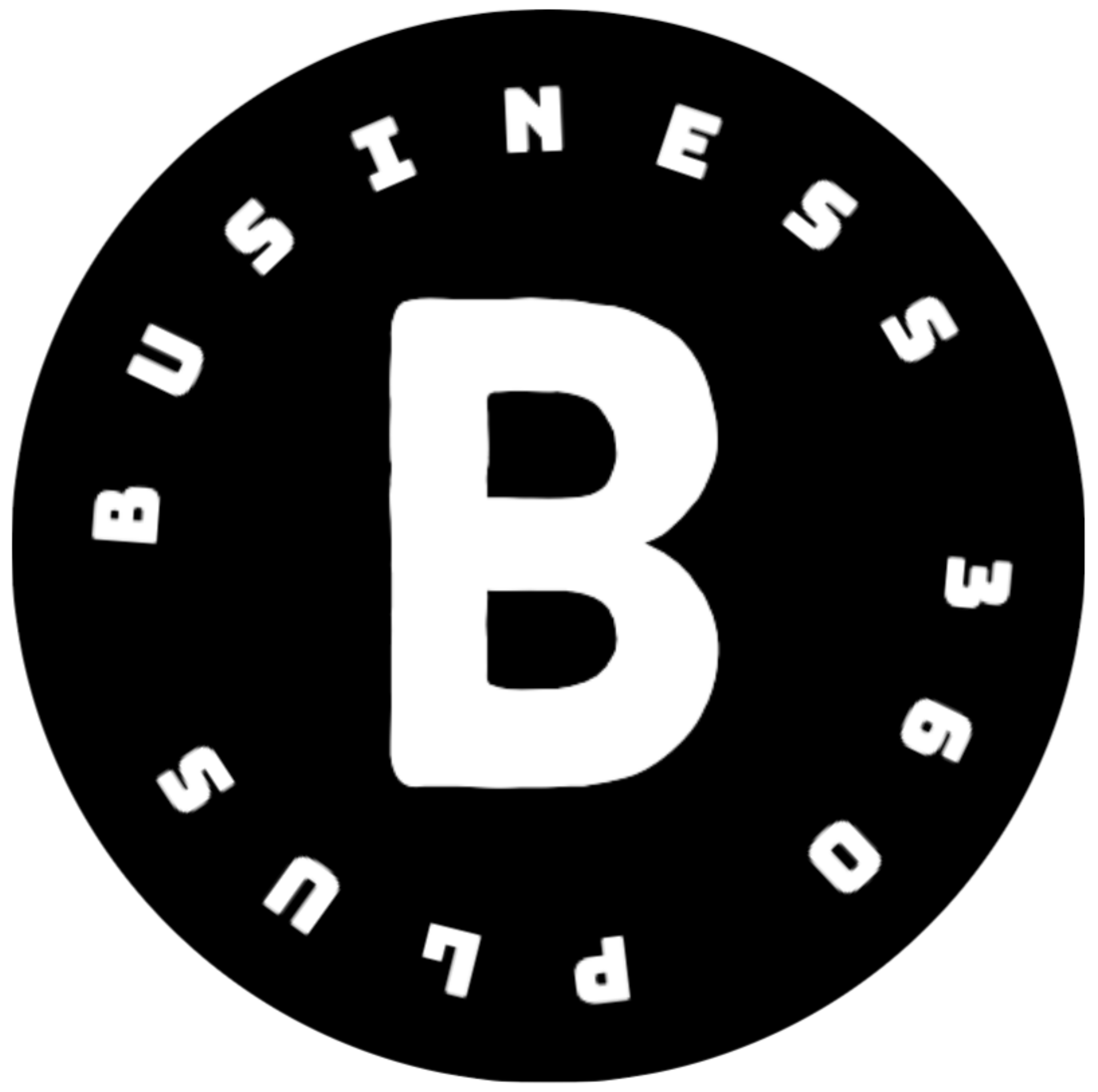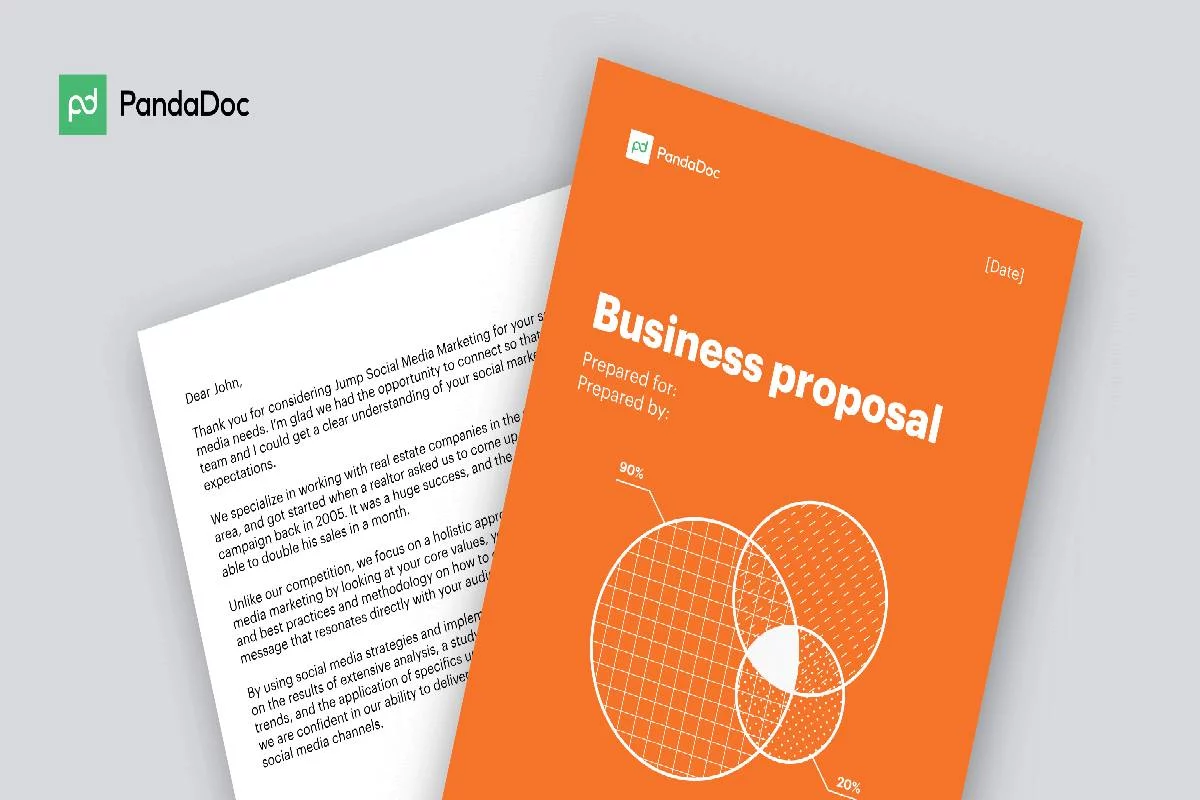How to Write a Business Proposal
How to Write a Business Proposal: Finally, it has occurred. Your customer base is beginning to grow now that you have a new company. You feel like you could be doing better, despite the fact that you’re making progress.
A business proposition is what?
- A formal document known as a business proposal is produced by a corporation and given to a prospect in order to obtain a business deal.
- The idea that business proposals and business plans are interchangeable is a widespread one.
- Instead of selling your company, the proposal is meant to market your product or service.
- A proposal assists you in finding new clients rather than aiding in your search for investors to finance your business.
The title page comes first.
- Here, you need to communicate some fundamental knowledge. Describe your company and yourself. Include your name, the name of your business, the proposal’s submission date, and the name of the client or person you are addressing the proposal
- Your title page should balance professionalism and engagement. You must ensure that it is stylish, aesthetically pleasing, and not very “out there” as it sets the tone.
A table of contents should be made.
- Business proposals are no different from other contexts in which a strong UX is beneficial.
- For the folks who are opposing your proposal, you need to make things as easy to understand and accessible as you can. A table of contents is where it all begins.
- Your potential client will be informed in detail about the topics addressed in the business proposal by a table of contents.
- A clickable table of contents that jumps to the various sections of your proposal is helpful if you’re sending your proposal electronically because it makes reading and navigating through it much easier.
Create an executive summary that explains your “why.”
The executive summary explains in great depth why the proposal is being sent and why your solution is the best one for the potential client. Here, specificity is crucial. Why do you represent the greatest choice for them?
Your executive summary summarizes the advantages of your company’s goods or services and how they can address the issues of potential customers, much like a value proposition.
Specify the issue or requirement.
- Here is where you should summaries how the problem affects the potential client.
- It gives you the chance to demonstrate to them that you comprehend their needs and the issue they are trying to solve.
- The crucial words here are research, critical thinking, and extra thought.
- Do your homework, please. Look at your client’s particular problems from all angles and consider how you may help.
- Then, forcefully frame them in a way that positions you for the following move.
Offer a resolution.
- This is where you present a plan of action for resolving the issue.
- You must emphasize specificity and individuality in this stage, like you did in the previous one.
- Make sure your suggested course of action is tailored to the client’s requirements so they are aware that you have written this proposal especially for them.
Describe your credentials.
- Are you capable of resolving this client’s issue? Why ought people to believe you?
- To explain why you’re the ideal candidate for the position, use this section of your business proposal template.
- Case studies of client successes should be included, along with any pertinent accolades or certifications, to increase your authority.
Offer several price points.
- Since you don’t want to under or over-price your product, pricing can be a bit hard.
- Include an optional fee table if you want to give the prospect a few pricing options to fit their budget.
- Responsive pricing tables are available in some proposal software, allowing customers to check the goods or services they’re interested in, and the price will adjust itself.
Conclude with a summary.
- It is vital to condense the previously mentioned information into a single part after presenting it. Describe the suggestion in brief. Mention your credentials and why you’d be the ideal candidate. Please confirm your availability to start a conversation. The client should be prepared to collaborate with you by the time the proposal is finished. Give them your contact information so they may simply follow up with you.
Make your terms and conditions more clear.
- Here, you can get specific about the project’s budget, schedule, and cost.
- In essence, it is a statement of the terms under which you and the client would work together if they accept your proposal.
- Before sending the proposal to the customer, make sure you have your own legal team review the terms and conditions.
Add a place for signatures to serve as proof of the agreement.
- Include a signature box for the client to sign, and make sure they understand exactly what they’re doing so.
- This is also an opportunity to ask the potential customer to contact you if they have any questions that need to be answered.
Also Read: What is Cash Flow Forecasting?

